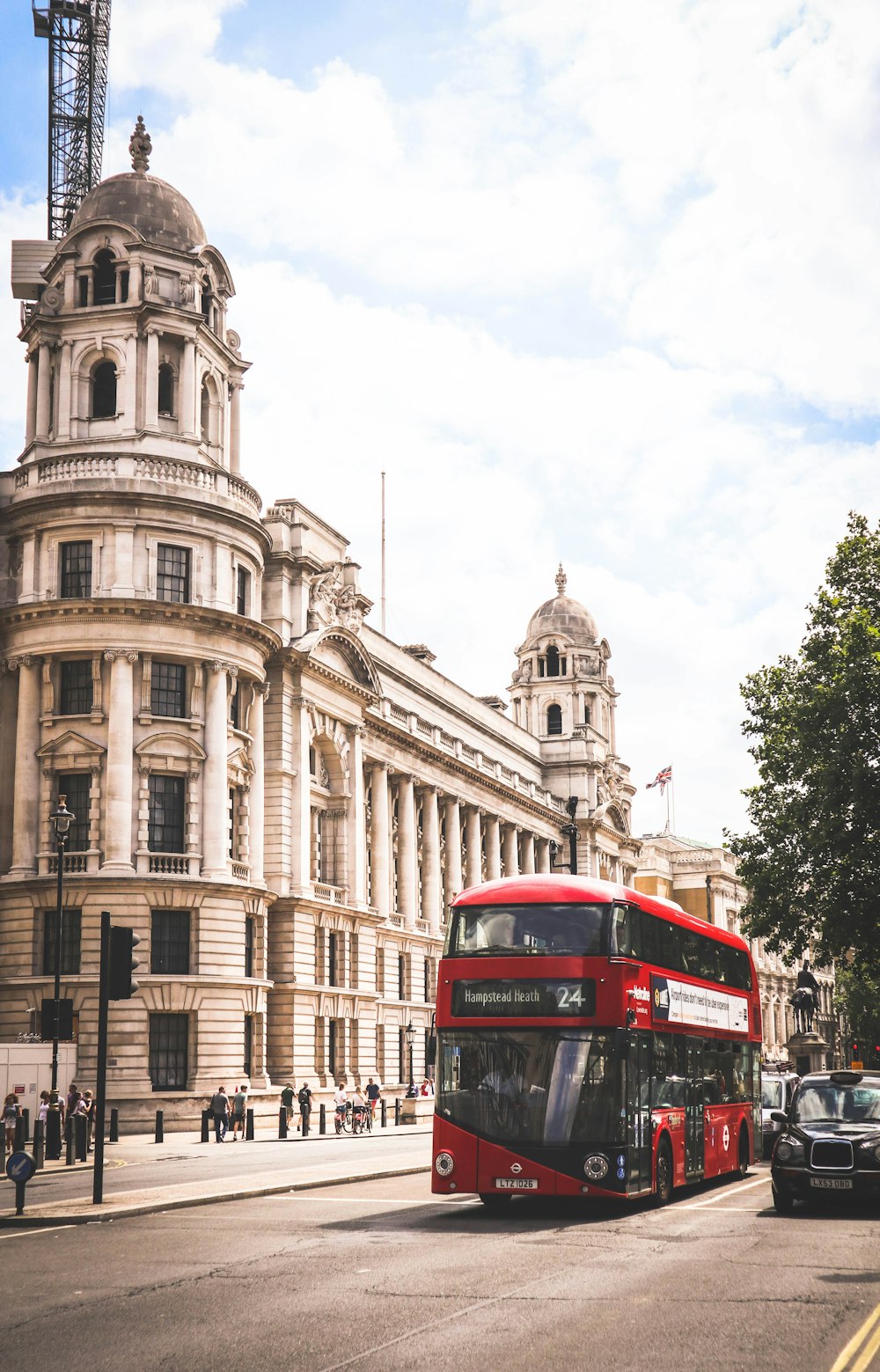Eco-friendly homes in the UK are becoming more popular as people look for ways to reduce their carbon footprint and save money on energy bills. These homes are designed to be energy-efficient, using things like solar panels, triple-glazed windows, and efficient appliances to cut down on electricity usage. Some eco-friendly homes even have features like rainwater harvesting systems and green roofs to further reduce their environmental impact. One great example of an eco-friendly home in the UK is the BedZED development in London. This eco-village was built in 2002 and features energy-efficient design, renewable energy sources, and water-saving features. Another example is the LILAC co-housing community in Leeds, which uses sustainable building materials and renewable energy to create a low-impact living environment. These homes not only benefit the environment, but they also provide comfortable and healthy living spaces for residents.
Benefits of Eco-Friendly Homes
One major benefit of eco-friendly homes is that they help save money in the long run. For example, by using energy-efficient appliances and insulation, homeowners can reduce their utility bills significantly. Solar panels are also a popular option for eco-friendly homes, allowing residents to generate their own electricity and lower their reliance on the grid. These cost-saving measures not only benefit the homeowner’s wallet but also help reduce the overall demand for energy resources. Another advantage of eco-friendly homes is that they help protect the environment. By using sustainable materials and energy-efficient designs, these homes have a smaller carbon footprint compared to traditional houses. For instance, rainwater harvesting systems can reduce water waste and reliance on municipal water sources. Additionally, green roofs can help reduce urban heat island effects and provide habitats for wildlife. By choosing to live in an eco-friendly home, individuals can contribute to a healthier planet for future generations.
Popular Features of Eco-Friendly Homes
One of the popular features of eco-friendly homes in the UK is solar panels. These panels convert sunlight into electricity, helping homeowners reduce their reliance on traditional energy sources. By harnessing the power of the sun, eco-friendly homes can lower energy bills and reduce their carbon footprint. Solar panels are becoming increasingly common on rooftops across the UK as more people look for sustainable ways to power their homes. Another popular feature of eco-friendly homes is insulation made from recycled materials. This type of insulation helps homes maintain a comfortable temperature year-round, reducing the need for heating and cooling systems. By using recycled materials, homeowners can lower their impact on the environment while also enjoying a more comfortable living space. Additionally, eco-friendly homes often use energy-efficient appliances and fixtures to further reduce energy consumption and promote sustainability.
Government Initiatives and Incentives
Alright, so let’s talk about Government Initiatives and Incentives. Basically, the UK government is all about supporting the eco-friendly movement when it comes to homes. They’ve got a bunch of programs and incentives in place to encourage people to make their homes more sustainable. One popular initiative is the Green Homes Grant, which offers vouchers to homeowners to help cover the cost of energy-saving improvements like insulation or double-glazing. It’s a win-win situation – you get a more energy-efficient home, and the environment gets a little love too. Another cool thing the government is doing is providing reduced tax rates for homes that meet certain eco-friendly standards. For example, if your home has solar panels or a heat pump, you might be eligible for a lower tax rate. Plus, there are grants available for installing renewable energy sources like solar panels or wind turbines. It’s all part of the push to make homes in the UK more sustainable and reduce our carbon footprint. So, it’s definitely worth looking into these government incentives if you’re thinking about making your home more eco-friendly.
Challenges in Adopting Eco-Friendly Practices
One of the challenges in adopting eco-friendly practices in the UK is the initial cost. Making your home more eco-friendly often requires an upfront investment in things like energy-efficient appliances, solar panels, or double-glazed windows. While these changes can save money in the long run through lower energy bills, many homeowners may not be able to afford the initial expense. For example, installing solar panels can cost thousands of pounds, which may be a significant financial burden for some families. Another challenge is the lack of awareness or education about eco-friendly options. Many people may not be aware of the benefits of making their homes more environmentally friendly or may not know where to start. For instance, some homeowners may not realize that switching to LED light bulbs can reduce energy consumption and save money on electricity bills. Additionally, there may be a lack of understanding about government incentives or grants available for eco-friendly upgrades, such as the Green Homes Grant scheme. This lack of knowledge can prevent homeowners from taking steps towards a more sustainable lifestyle.
Future Outlook and Trends in Eco-Friendly Housing
As we look ahead to the future, the trend of eco-friendly housing is only expected to grow in the UK. With an increasing focus on sustainability and reducing carbon footprints, more and more homeowners are opting for green features in their homes. One trend that is expected to continue is the use of solar panels to harness clean, renewable energy. Solar panels have become increasingly affordable and efficient, making them a popular choice for eco-conscious individuals looking to save money on their energy bills while reducing their environmental impact. Another trend that is likely to gain momentum in the world of eco-friendly housing is the use of smart technology to monitor and control energy usage in homes. From smart thermostats to energy-efficient lighting systems, technology is making it easier for homeowners to track their energy consumption and make adjustments to reduce waste. By incorporating these smart features into their homes, homeowners can not only save money on their utility bills but also make a positive impact on the environment



